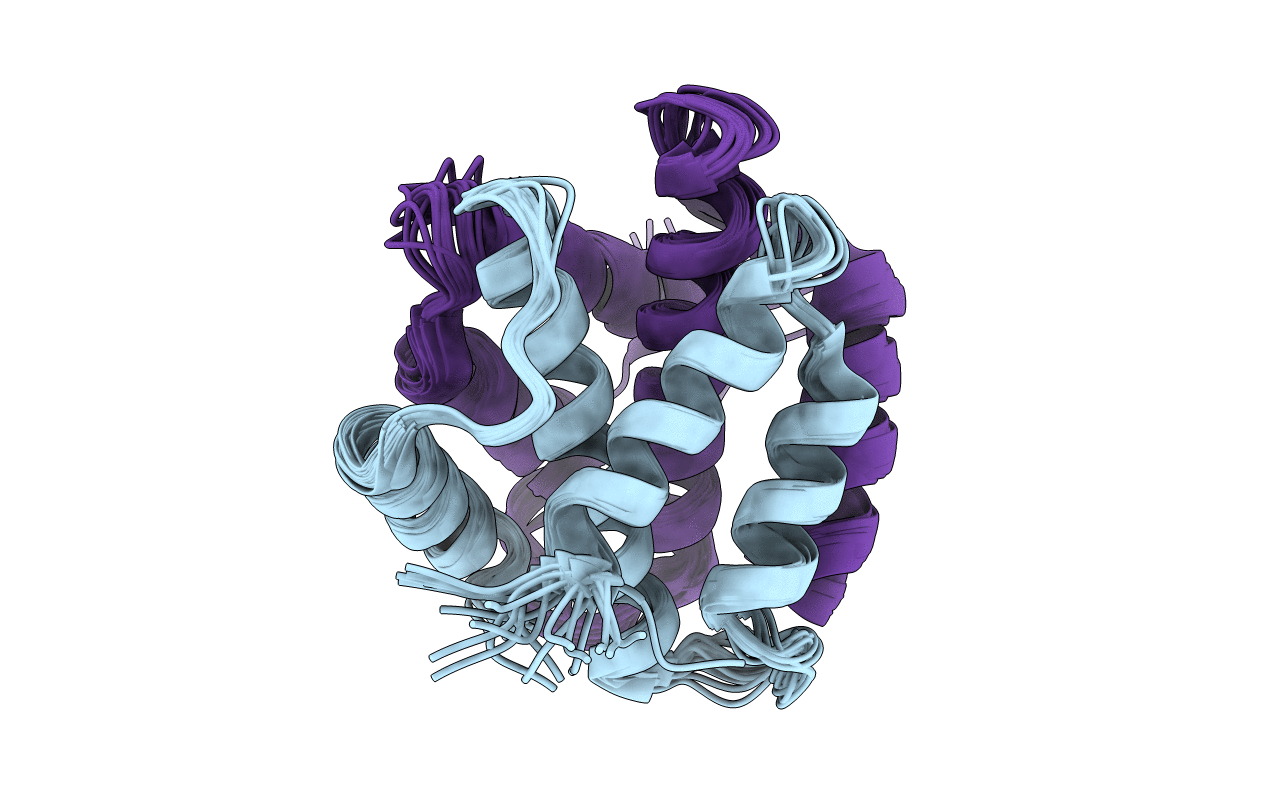
Deposition Date
2021-11-01
Release Date
2022-04-06
Last Version Date
2024-11-13
Entry Detail
PDB ID:
7VU7
Keywords:
Title:
The Solution structure of the C-terminal domain from flagelliform spidroin
Biological Source:
Source Organism:
Araneus ventricosus (Taxon ID: 182803)
Host Organism:
Method Details:
Experimental Method:
Conformers Calculated:
200
Conformers Submitted:
20
Selection Criteria:
structures with the lowest energy


